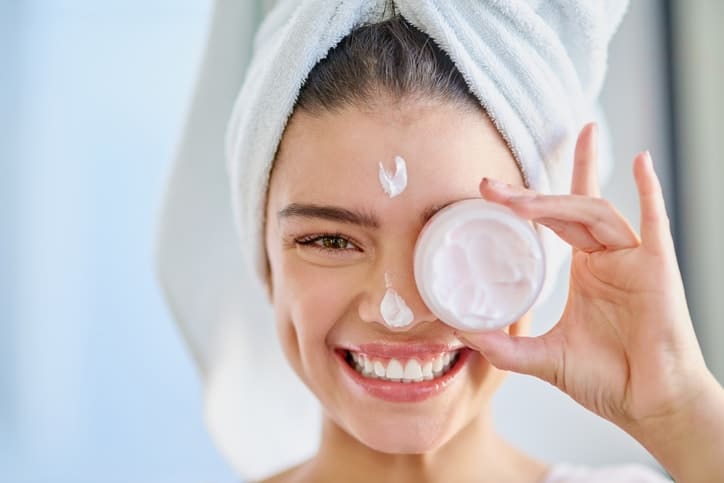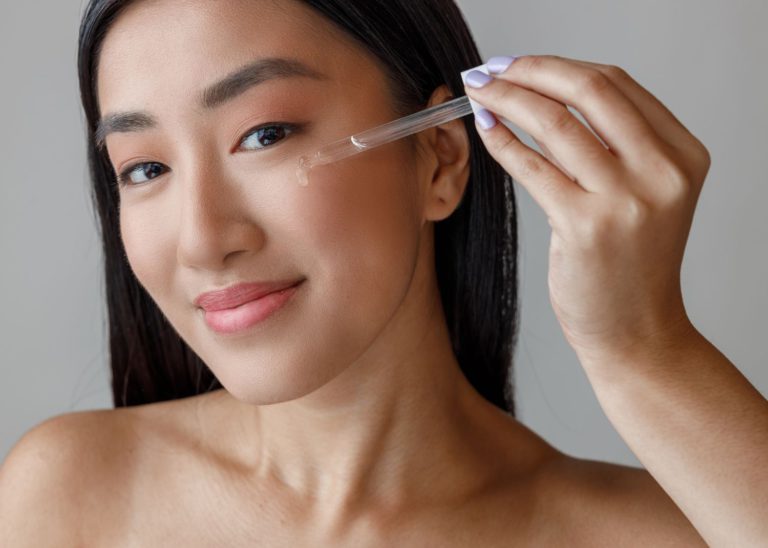How to Heal a Damaged Skin Barrier: Essential Tips for Beauticians
As a beautician, understanding how to heal a damaged skin barrier is crucial for providing effective skincare advice and treatments to your clients. The skin barrier, also known as the stratum corneum, is the outermost layer of the skin that plays a vital role in protecting against environmental aggressors and retaining moisture. When this barrier is compromised, it can lead to a host of skin issues, including dryness, irritation, and sensitivity. In this article, we'll explore the essential steps and strategies that beauticians can use to help clients restore and maintain a healthy skin barrier.

Understanding the Skin Barrier
The skin barrier is composed of corneocytes (dead skin cells) and lipids (fats) that create a protective layer on the surface of the skin. Its primary function is to keep harmful substances out and lock moisture in. When the barrier is damaged, it can no longer perform these functions effectively, leading to various skin problems. Common causes of a damaged skin barrier include over-exfoliation, harsh skincare products, environmental factors, and certain skin conditions.
Identifying Signs of a Damaged Skin Barrier
Recognizing the signs of a compromised skin barrier is the first step in addressing the issue. Clients with a damaged barrier may experience symptoms such as redness, dryness, flakiness, itchiness, and increased sensitivity. These signs can often be mistaken for other skin concerns, so it's important to conduct a thorough assessment to determine the underlying cause.
Steps to Heal a Damaged Skin Barrier
Once you've identified that a client has a damaged skin barrier, you can implement a tailored skincare routine to promote healing. Here are some key steps to consider:
1. Simplify the Skincare Routine
Encourage clients to simplify their skincare routine by eliminating unnecessary products and reducing the frequency of exfoliation. A gentle cleanser, a hydrating serum, and a nourishing moisturizer should form the core of their routine. It's also important to remind clients to avoid using hot water, as it can strip the skin of its natural oils.
2. Choose Barrier-Repairing Ingredients
Recommend products that contain ingredients known for their barrier-repairing properties, such as ceramides, fatty acids, and cholesterol. These ingredients help to replenish the skin's natural lipids and restore its protective function. Additionally, look for products with hyaluronic acid and glycerin, which are excellent for boosting hydration.
For more insights on choosing the right skincare products, check out this guide on skincare.
3. Protect with Sunscreen
Sun protection is crucial for maintaining a healthy skin barrier. Advise clients to use a broad-spectrum sunscreen with an SPF of at least 30 every day, even on cloudy days. Sunscreen helps prevent further damage from UV rays and supports the skin's natural healing process.
Additional Tips for Beauticians
As a beautician, your expertise and guidance can make a significant difference in helping clients achieve optimal skin health. Here are some additional tips to enhance your skincare consultations:
Stay Informed
Stay updated on the latest advancements in skincare science and barrier repair treatments. This knowledge will enable you to provide clients with the most effective and evidence-based recommendations. Consider exploring articles like minimizing fine lines to broaden your understanding.
Promote a Healthy Lifestyle
Encourage clients to adopt a healthy lifestyle that supports skin health. This includes staying hydrated, eating a balanced diet rich in antioxidants, and managing stress levels. Remind them that a holistic approach to skincare can significantly enhance the healing process.
Customize Treatments
Each client's skin is unique, so tailor your skincare treatments to address their specific needs. Consider offering personalized facials and treatments that focus on repairing and strengthening the skin barrier. Incorporate products and techniques that promote hydration and barrier repair.
For more personalized skincare tips, take a look at improving uneven skin tone.
Conclusion
Understanding how to heal a damaged skin barrier is a vital skill for beauticians who want to provide exceptional service to their clients. By recognizing the signs of a compromised barrier, recommending the right ingredients, and promoting a healthy lifestyle, you can help clients achieve healthier, more resilient skin. Remember, a well-maintained skin barrier is the key to glowing, youthful skin.

FAQ
Q: How long does it take to heal a damaged skin barrier?
A: The healing time for a damaged skin barrier varies depending on the severity of the damage and the individual's skin type. Generally, it can take anywhere from a few days to several weeks to see improvements.
Q: Can I use exfoliants while repairing my skin barrier?
A: It's best to minimize or avoid exfoliation while repairing the skin barrier. Focus on gentle cleansing and hydrating products to support the healing process.
Q: Are there any lifestyle changes that can help heal the skin barrier?
A: Yes, maintaining a healthy lifestyle by staying hydrated, eating a balanced diet, and reducing stress can support the skin's natural repair processes.
This article contains affiliate links. We may earn a commission at no extra cost to you.

